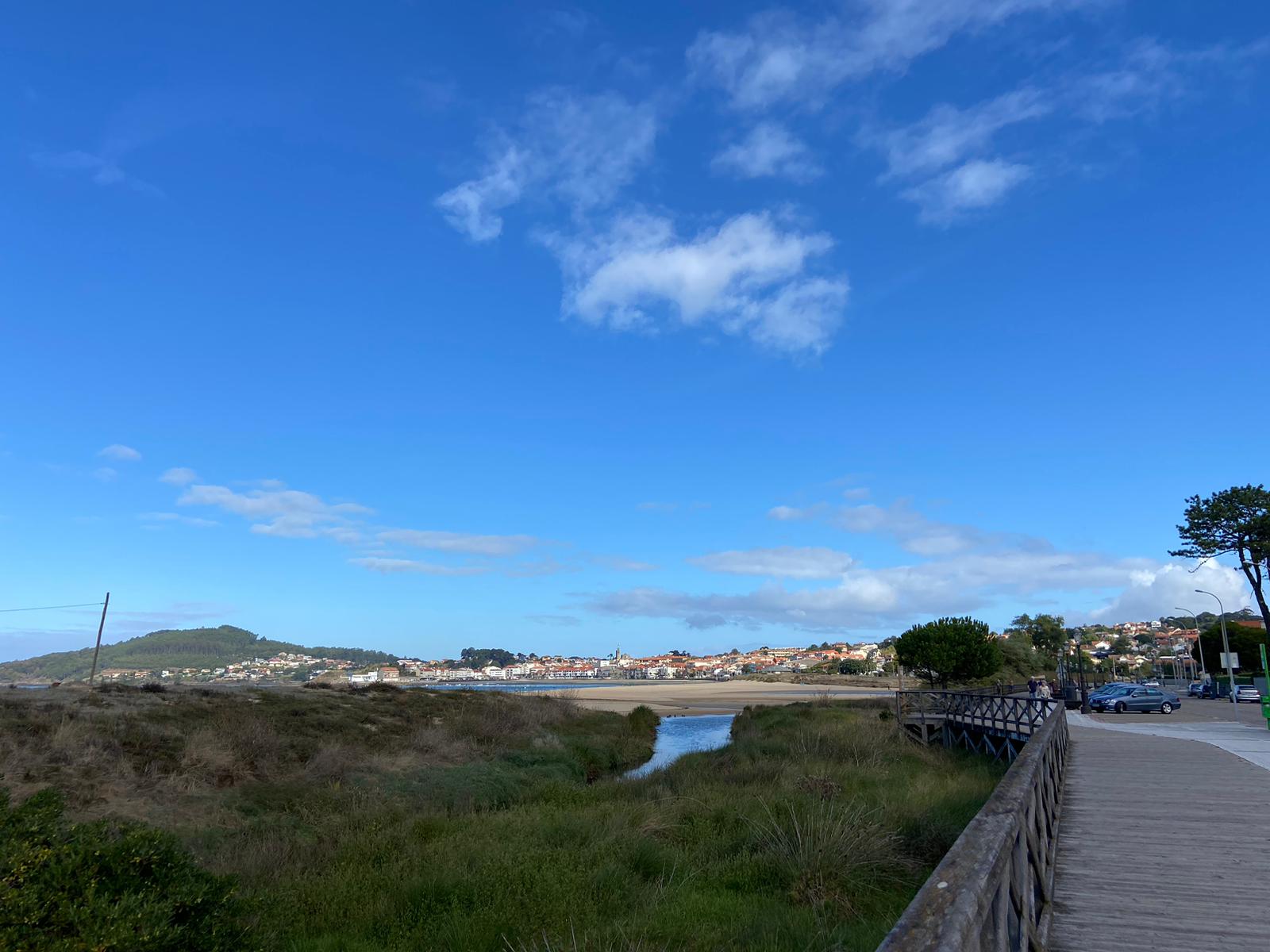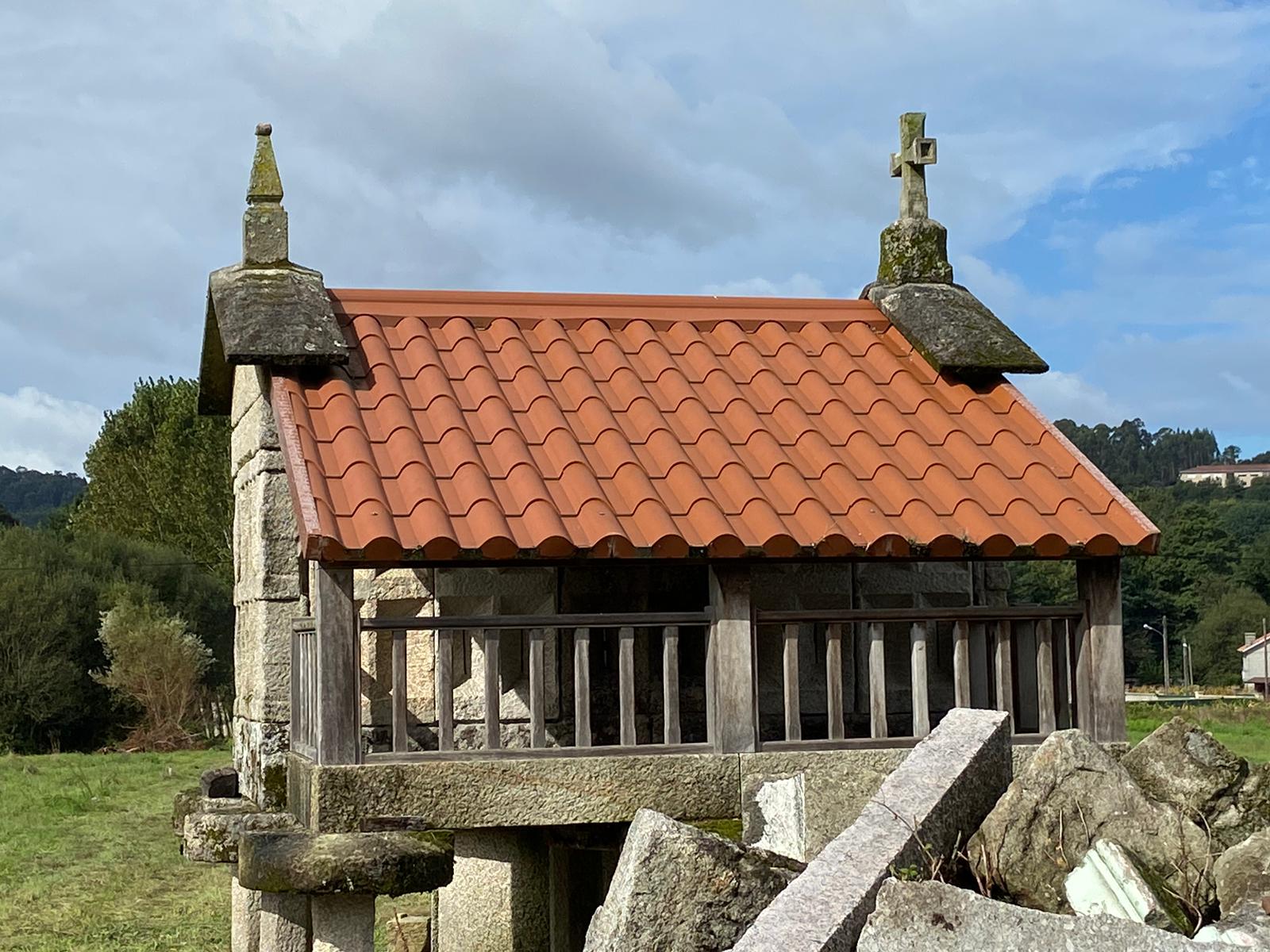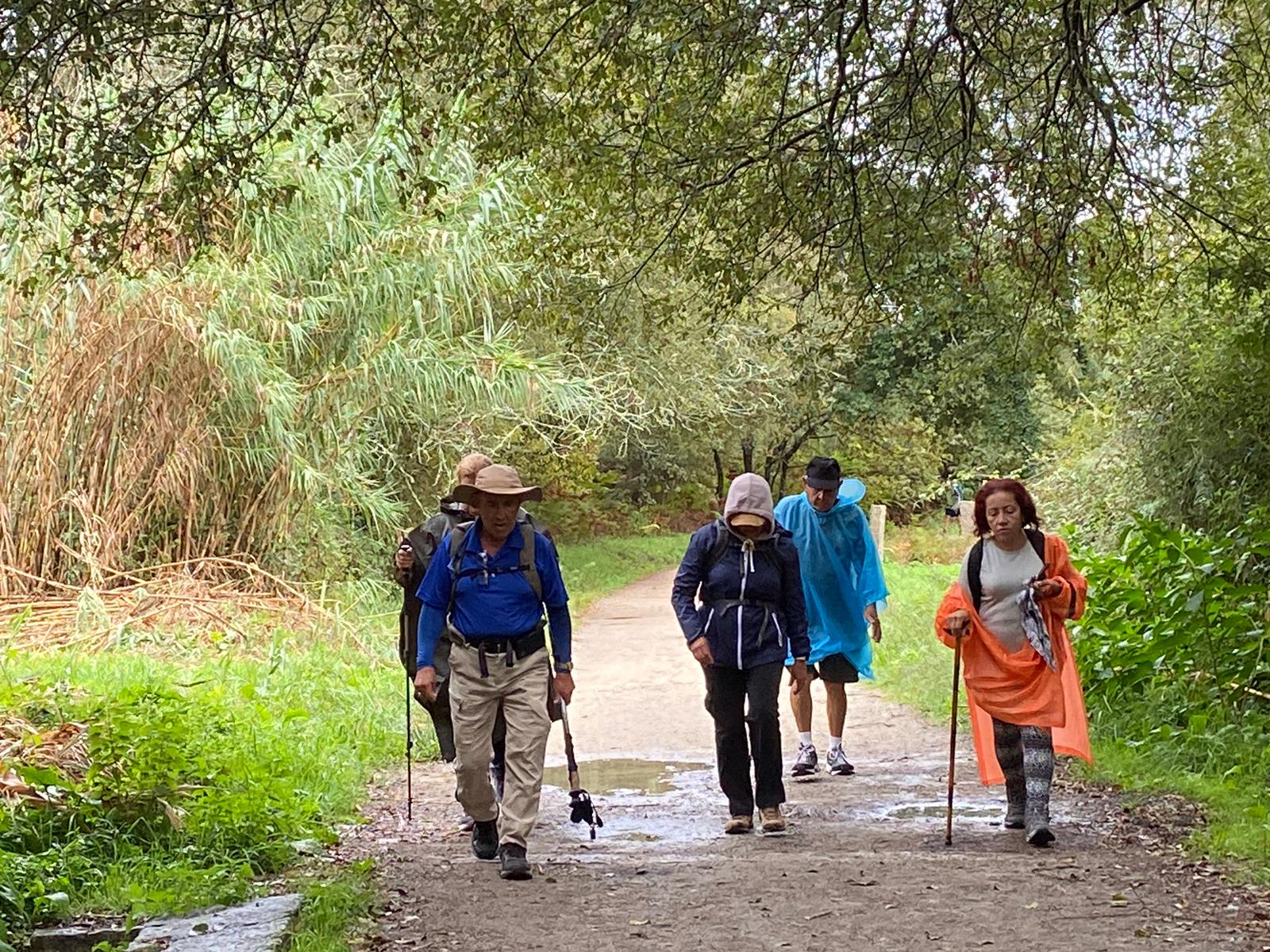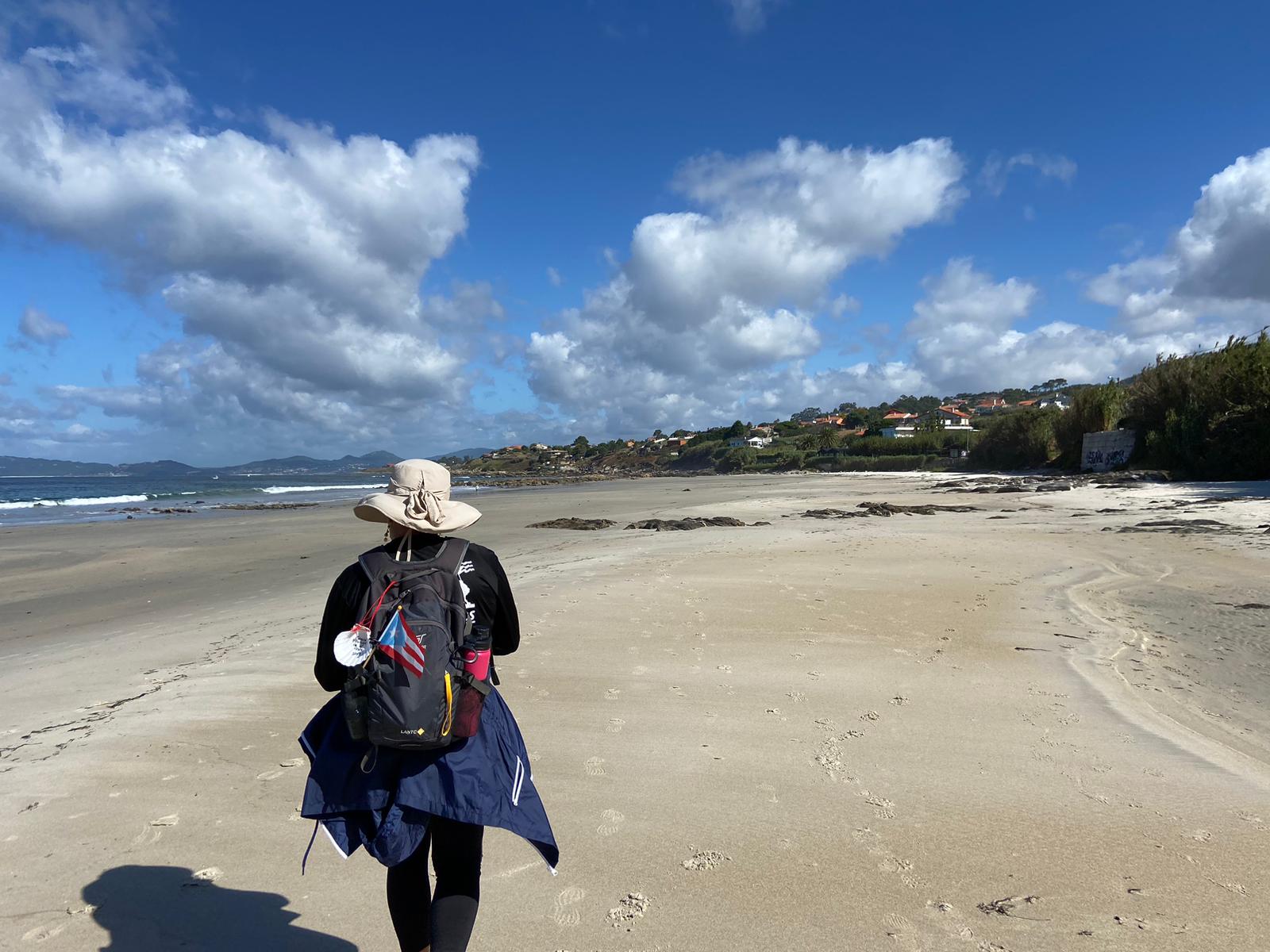Portuguese Route through the Costa Sostenible. From Baiona to Santiago de Compostela




Preserving nature, the marine ecosystem and getting to know local coastal communities are the main goals of these tourist packages. A different way to visit and get to know the Green Destinations, the nature reserves along the route, as well as a take a guided tour to discover the largest port of Galicia, a walk through the famous Pontevedra, benchmark in urban planning, and create links with local communities in the areas.
Accommodation:
- Baiona: Parador of Baiona (historical Fortress).
- Vigo: Hotel City of Vigo. • Cesantes: Hotel Antolín.
- Pontevedra: Parador of Pontevedra (Pazo renacentista).
- Caldas Of Reis: Hotel Pousada Real.
- Padrón: Hotel Rosalía.
- Santiago: Hotel Horseshoe.
Day 1: Arrival to Baiona, Sustainable Destination Bienvenido to Baiona, awarded like one of the best sustainable destinations of the world (Green Destinations).
- The plan: it Explores the fortress of Monterreal (your Parador for tonight) and visits the reply of the Carabela Paints.
- You do not lose you: The seen from the Virgin of the Rock and a walk by his ancient helmet.
- Before beginning, consults our decalogue of the sustainable pilgrim here.
Day 2: Baiona – Vigo (The estuary and the biodiversity) 23 km | 5-6 h will walk with the Illas Cíes (National Park).
- Nature: you will cross the Foz of the River Miñor, a marisma protected of the Network Nature 2000 full of life.
- Culture: When arriving to Vigo, visits the Museum do Sea to understand the sailor life of the Estuaries Baixas.
- Exclusive experience: Consult us to visit the Port of Vigo and see his operation in first person.
Day 3: Vigo – Cesantes (Flavour to sea and Km 0) 18 km | 4-5 h Gone out of Vigo by the neighbourhood of Teis to the Senda of the Water.
- Gastronomy Km 0: you will happen near of Arcade, famous by his oysters.
- The landscape: In Redondela join the Ways (Coast and Inner). You will finish in Cesantes, with privileged sights to the historical Island of San Simón in full estuary.
Day 4: Cesantes – Pontevedra (History and urbanismo) 16 km | 3-4 h A full stage of history. You will cross the mediaeval bridge of Ponte Sampaio, stage of historical battles, and will walk by ancient roman roads.
- The destination: Arrival to Pontevedra, a city rewarded internationally by his model peatonal and sustainable. It enjoys of his ancient helmet without cars and full of life.
Day 5: Pontevedra – Caldas of Reis (Between Rivers and Waterfalls) 21 km | 4-5 h Gone out by the iconic Puete del Burgo and go through the marisma of to Xunqueira of Alba, an oasis of birds and nature.
- The secret: In Barro, recommend you divert you to see the Waterfall of the Rio Barosa, a perfect natural show to rest.
- Final of stage: Arrival to Caldas of Reis, villa termal by excellence.
Day 6: Caldas of Reis – Padrón (The Cradle of the Xacobeo) 17 km | 4-5 h will walk between forests, vineyards and ancient mills.
- Historical milestone: you will cross the river Ulla in Pontecesures, the same fluvial route that, according to the legend, brought the rests of the Apostle.
- Arrival: Padrón, earth of writers (Rosalía de Castro, Camilo José Cela) and peppers. Here you will be able to see the “Pedrón”, origin of the tradition Xacobea.
Day 7: Padrón – Santiago de Compostela (Put It) 26 km | 5-6 h The emotion grows to each step. You will go through Iria Flavia and Or Milladoiro, from where saw the towers of the Cathedral for the first time.
- The moment: Entrance to the historical helmet by Carries it Faxeira until the Square of the Obradoiro. Objective fulfilled!
- Local recommendation: After the embrace to the Apostle, visit Creativas Galegas to discover the local craftsmanship more authentic.
Day 8: Sacked, breakfast and end of our services. Good return home!



